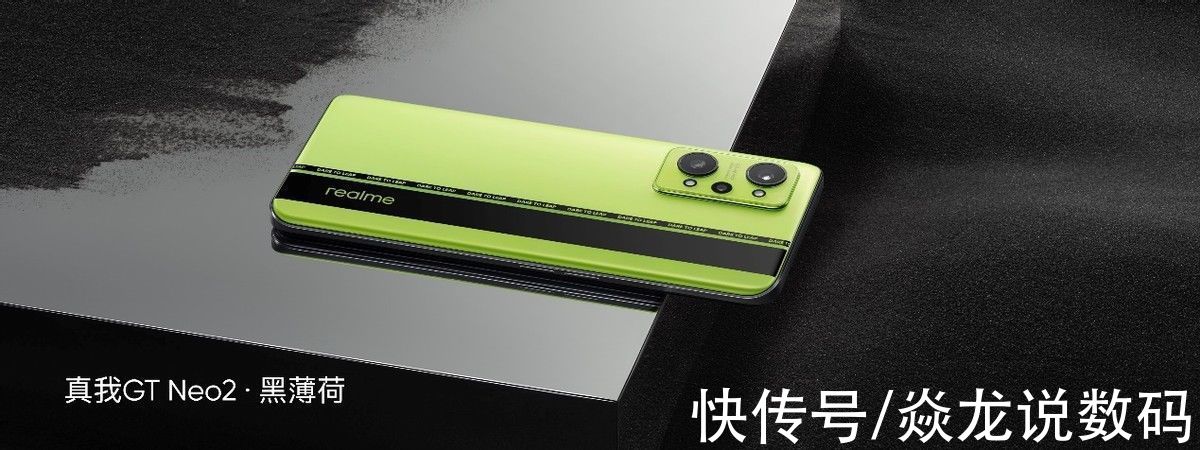拦截器已经是各个开源软件必不可少的功能。 在讨论各种问题的时候也经常听说这个对象被拦截了等等。那么在JAVA的世界里, 是怎么实现拦截器的功能的呢 ?要了解这些, 必须先从代理类(Proxy)说起,但是我们在这里不打算从这里介绍,我们直接上Mybatis的测试代码。
public class PluginTest {@Test
public void mapPluginShouldInterceptGet() {
Map map = new HashMap();
map = (Map) new AlwaysMapPlugin().plugin(map);
assertEquals("Always", map.get("Anything"));
}@Test
public void shouldNotInterceptToString() {
Map map = new HashMap();
map = (Map) new AlwaysMapPlugin().plugin(map);
assertFalse("Always".equals(map.toString()));
}@Intercepts({
@Signature(type = Map.class, method = "get", args = {Object.class})})
public static class AlwaysMapPlugin implements Interceptor {
public Object intercept(Invocation invocation) throws Throwable {
return "Always";
}public Object plugin(Object target) {
return Plugin.wrap(target, this);
}public void setProperties(Properties properties) {
}
}}MyBatis 直接抽象了一个plugin的概念,中文意思就是“插头”吧,很形象。我要对一个对象拦截,我就要把这个插头插入到目标对象中:
map = (Map) new AlwaysMapPlugin().plugin(map);
这里生成了一个AlwaysMapPlugin,并调用plugin方法,把自己插入到Map的一个实例对象中;我们先不管plugin方法里面到底做了什么,我们只要知道它还是给我返回了一个Map的实例。
assertEquals("Always", map.get("Anything"));
接着我们就调用了Map实例的get方法,我们纳闷了,我们并没有给Map实例中添加任何数据,但是却能得到"Always”。
很神奇吧...
要解开这个神奇,还是要回到AlwaysMapPlugin().plugin(Object object)的方法上来。
public Object plugin(Object target) {
return Plugin.wrap(target, this);
}直接委托给了Plugin类的一个静态方法:
public static Object wrap(Object target, Interceptor interceptor) {
Map, Set> signatureMap = getSignatureMap(interceptor);
Class type = target.getClass();
Class[] interfaces = getAllInterfaces(type, signatureMap);
if (interfaces.length > 0) {
return Proxy.newProxyInstance(
type.getClassLoader(),
interfaces,
new Plugin(target, interceptor, signatureMap));
}
return target;
} 我们先抛开乱七八糟的逻辑,我们看到在满足一定的条件的情况下,会返回一个Proxy.newProxyInstance类的一个实例。也就是说AlwaysMapPlugin().plugin(Object object)的方法返回的实例,是有可能和原来的实例不是同一个,而是原来实例的一个代理类。
public static Object newProxyInstance(ClassLoader loader,
Class[] interfaces,
InvocationHandler h)这个是Proxy.newProxyInstance方法的签名,不明白的同志自己去了解下。
我们已经得到了目标对象的代理类,可是我们只想对目标对象的某几个方法进行拦截, 是怎么做到的呢?
这次我们把目光转向我们的“插头”吧。
@Intercepts({
@Signature(type = Map.class, method = "get", args = {Object.class})})
public static class AlwaysMapPlugin implements Interceptor {
public Object intercept(Invocation invocation) throws Throwable {
return "Always";
}public Object plugin(Object target) {
return Plugin.wrap(target, this);
}public void setProperties(Properties properties) {
}
}这里通过注解告诉我们,会对Map.get(Object obj)的方法进行拦截。而且在拦截之后,直接返回了Always, 这就是最终的原因了。
罗里吧嗦一大堆,我们直接看MyBatis里面抽象的几个相关类吧:
1.Plugin类:也就是我们说的“插板”类, 继承了InvocationHandler 接口,主要的职责是将目标对象、拦截器组装成一个新的代理类。 简单的代码如下:
public class Plugin implements InvocationHandler {private Object target;
// 目标对象
private Interceptor interceptor;
//拦截器对象
private Map, Set> signatureMap;
//目标对象的方法签名private Plugin(Object target, Interceptor interceptor, Map, Set> signatureMap) {
this.target = target;
this.interceptor = interceptor;
this.signatureMap = signatureMap;
}public static Object wrap(Object target, Interceptor interceptor) {
Map, Set> signatureMap = getSignatureMap(interceptor);
Class type = target.getClass();
Class[] interfaces = getAllInterfaces(type, signatureMap);
if (interfaces.length > 0) {
return Proxy.newProxyInstance(// 返回一个目标对象的代理类
type.getClassLoader(),
interfaces,
new Plugin(target, interceptor, signatureMap));
}
return target;
}public Object invoke(Object proxy, Method method, Object[] args) throws Throwable {
try {
Set methods = signatureMap.get(method.getDeclaringClass());
if (methods != null && methods.contains(method)) {
return interceptor.intercept(new Invocation(target, method, args));
//对目标对象中的某个方法进行拦截,将相关的实现给到了拦截器的实现类
}
return method.invoke(target, args);
} catch (Exception e) {
throw ExceptionUtil.unwrapThrowable(e);
}
} 2. Interceptor 拦截器的接口:
public interface Interceptor {Object intercept(Invocation invocation) throws Throwable;
// 对方法进行拦截的抽象方法Object plugin(Object target);
//把拦截器插入到目标对象的方法void setProperties(Properties properties);
}3. Invocation 真正对目标类方法的拦截的实现, 这里没有什么说的。 值得一提的是, 如果我们想实现类似spring的拦截器,比如说前置通知、后置通知、环绕通知等,应该是可以在这里做文章的。
public class Invocation {private Object target;
private Method method;
private Object[] args;
public Invocation(Object target, Method method, Object[] args) {
this.target = target;
this.method = method;
this.args = args;
}public Object getTarget() {
return target;
}public Method getMethod() {
return method;
}public Object[] getArgs() {
return args;
}public Object proceed() throws InvocationTargetException, IllegalAccessException {
return method.invoke(target, args);
}}4. 搞定。
总结:其实拦截器还是很简单的, 只需要熟识了Proxy类、InvocationHandler接口, 基本都能写出来,只是写的好与坏,是不是低耦合、高内聚的代码。类的命名是不是让别人一看就懂,这些都决定着一个人水平的高低;
拦截器使用的场景: 比如说 权限、日志记录、缓存等等;
【MyBatis之拦截器interceptor代码赏析】先分享到这里.....
推荐阅读
- 框架|Mybatis的一级缓存和二级缓存
- Mybatis日志工厂
- MyBatis的功能架构是怎样的
- Mybatis入门之CRUD
- mybatis之缓存机制
- Mybatis练习(1)
- Java|MyBatis(五)——MyBatis中的缓存机制
- mybatis之脚本解析器
- mybatis|记mybatis查询null字段导致的NPE
- Mybatis 动态查询、插入、修改操作













